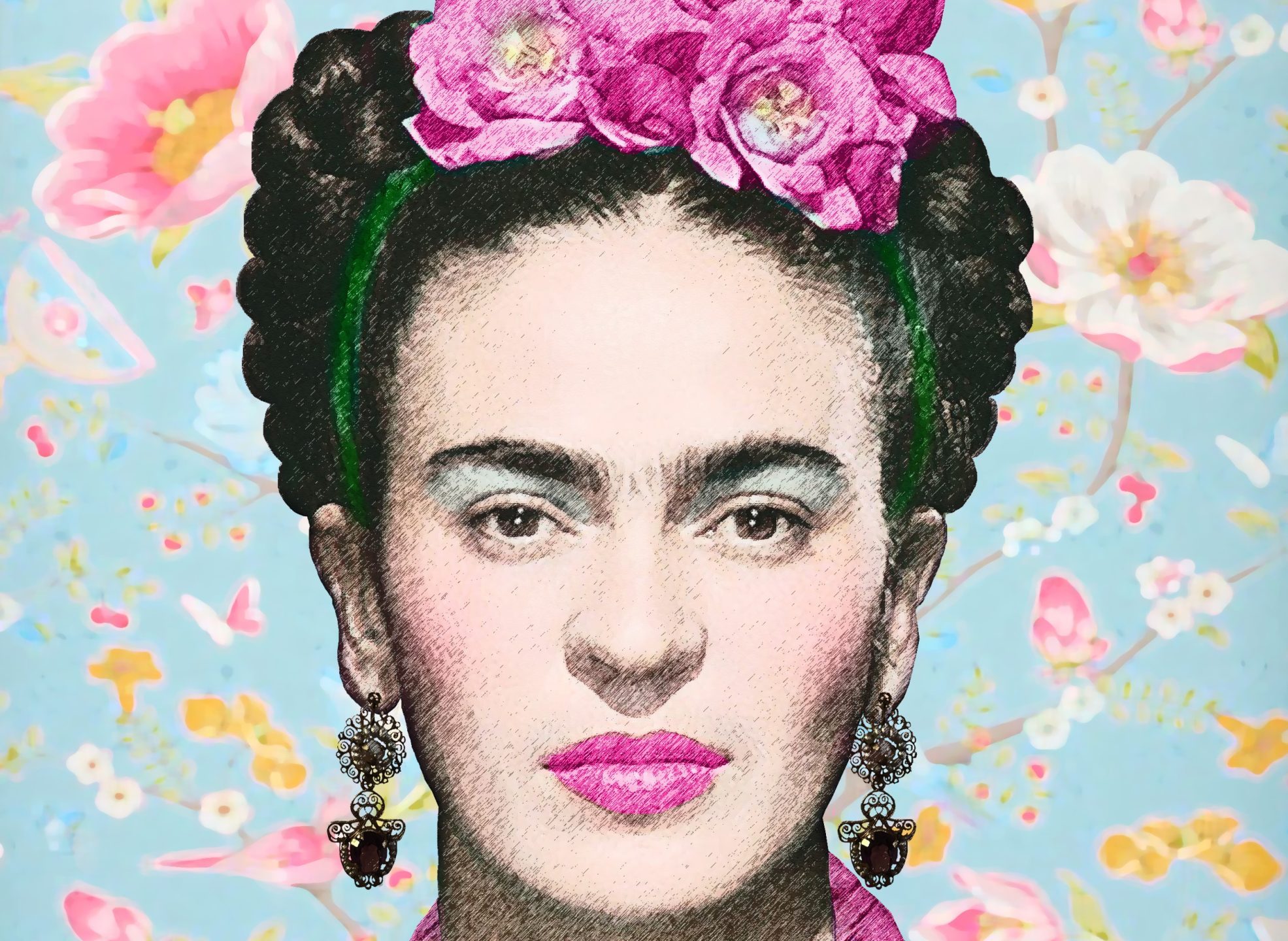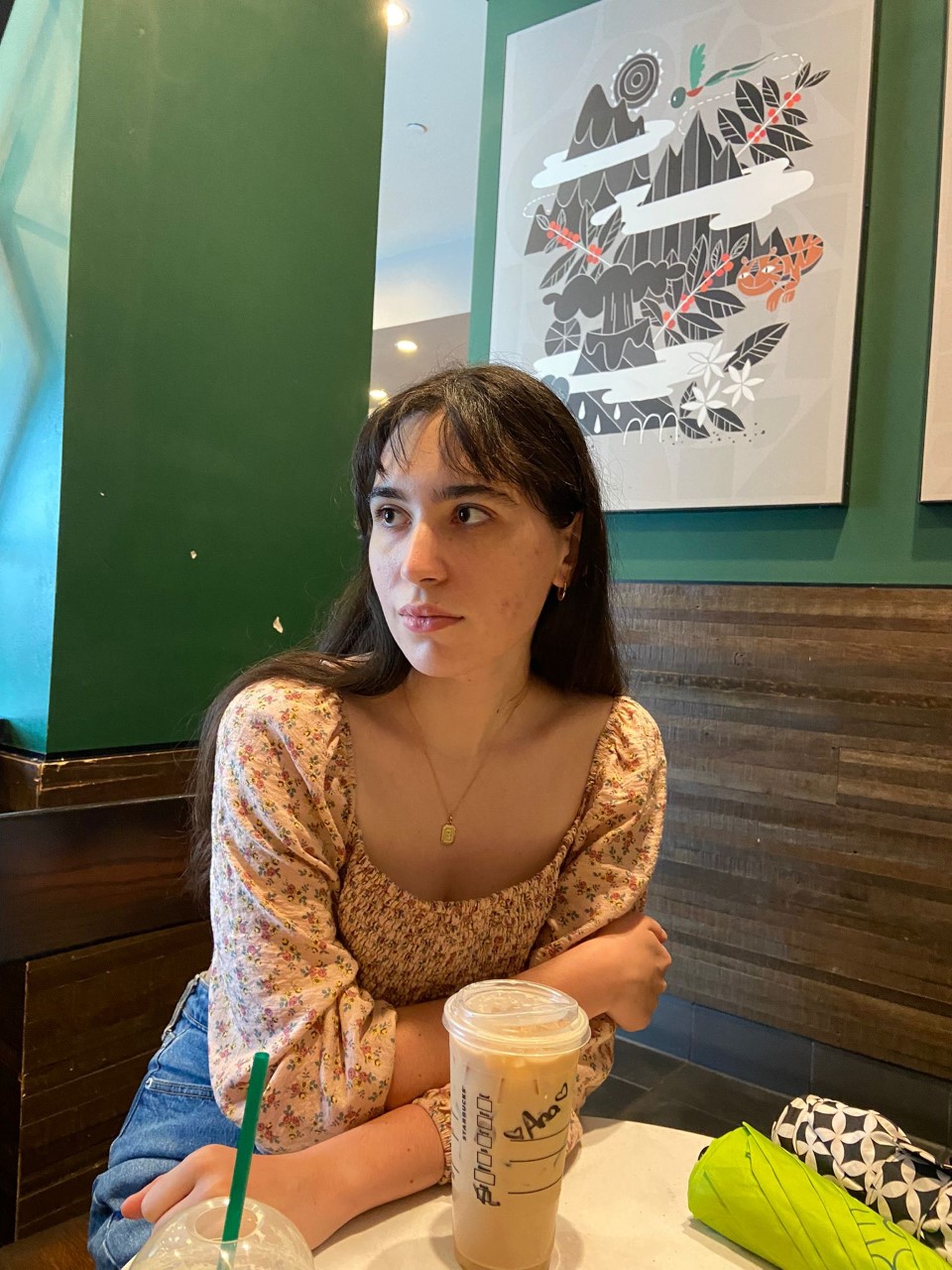The importance of diverse representation has become somewhat common knowledge for the average media-literate person. Media reflects the core values and personal biases of the person creating it just as much as person consuming it. Therefore, the representation of minority groups plays a crucial role in influencing the way those groups are perceived and treated in real life.
There has been a noticeable increase in the number of diverse roles in film and television which, by most standards, is a good thing. However, according to J.O. Young, diverse representation must meet three necessary conditions: it must be accurate, intentional, and recognizable.
Latino representation generally meets Young’s conditions: Latino characters are often immediately recognizable and have a specific nationality. Accuracy varies from case to case, but Latino involvement behind the scenes tends to produce more faithful depictions of people’s lived experiences.
Growing up, I cherished any Latino representation that appeared on my television; I didn’t particularly care if it was good. All I knew was that those characters were like me, and that meant the world to me.
My brother and I would sit on the living room floor, too close to the TV. Our eyes lit up the moment “Maya & Miguel” or “El Tigre” played. We took turns pointing at our favorite characters and saying, “That’s me!” We weren’t thinking critically; we were just having fun. But our minds were already picking up on the shows’ subconscious influences.
My peers and I understood Latina women to be was completely shaped by the media we consumed. According to shows like “Modern Family,” the Latina is an exotic beauty with tanned (but not dark) skin. She speaks with a loud, heavily accented voice, Spanish curses pouring from her sexy red mouth. The “Spicy Latina,” as she has come to be known, has been around for nearly a century, and has caused as much unrest in the Latino community as it has with non-Latinos.
I was raised on the United States mainland, so my connection to my Latino heritage depended on my mother. Movies and TV filled in the gaps whenever she was too busy, and those same movies and shows were sometimes my peers’ only source of context for Latino culture. It wasn’t unusual for my classmates to look me up and down and loudly proclaim an assessment. “You can’t be Latina,” they would say. I was a shy child with a pale face, so I did not have the correct appearance or disposition to be Latina.
I thought of ways to prove them wrong. Of course, I couldn’t change what I looked like. I had to compensate in other ways. Perhaps, I thought, I could resemble a Latina in behavior. But, try as I might, I was never able to overcome my shyness. It never struck me that narrowly defining Latinidad by a set of superficial qualities was wrong. I wasn’t thinking critically at the time; I just wanted to feel like I belonged.
Truthfully, I don’t think there would have been any way to prove my identity. Latino parentage, mastery of the Spanish language and familiarity with Latino culture were not enough for my peers to acknowledge my ethnicity without debate. Then again, it was never up to them.
These exchanges were tolerable mistakes during childhood, but these perceptions endure even in adults.
The portrayal of Latinas on the screen contributes to their hypersexualization, making Latinas vulnerable for harassment and violence. People become desensitized toward Latinas due to their reputation of being tough in the hardworking sense but also in the dangerously explosive, destructive sense. One in three Latinas will experience intimate partner violence at some point in her life.
However, there could be a silver lining here. Because the media has facilitated a stereotyped depiction of Latinas for so long, it now has the power to overturn those biases.
From children’s programing to shows for mature audiences, more Latinas are appearing on the screen every year. This heightened level of representation promises that each depiction of a Latina offers a unique, individual set of experiences, further diversifying the American population’s understanding of what Latinas are like.
We are thinking critically now about Latina representation, and we are having fun.

















